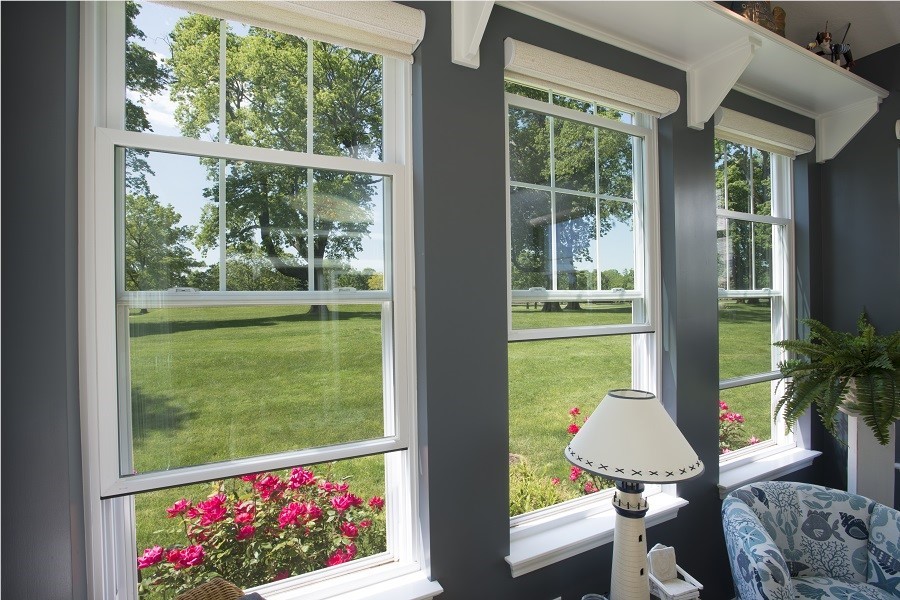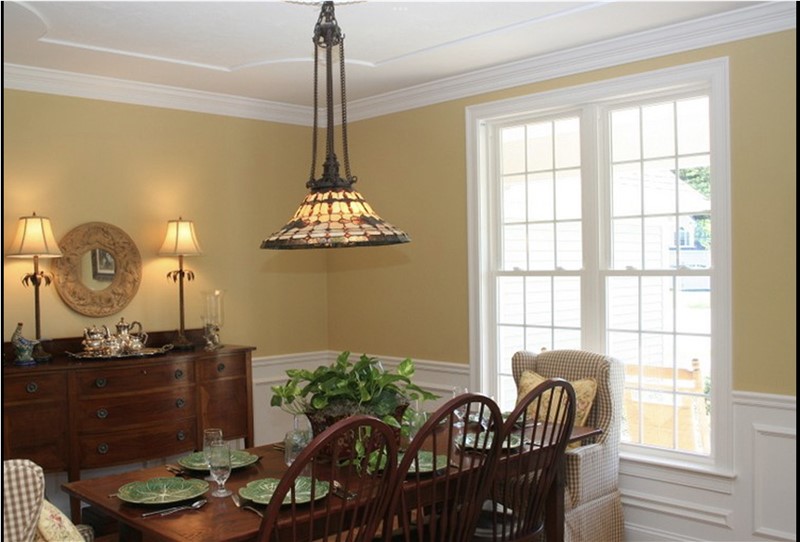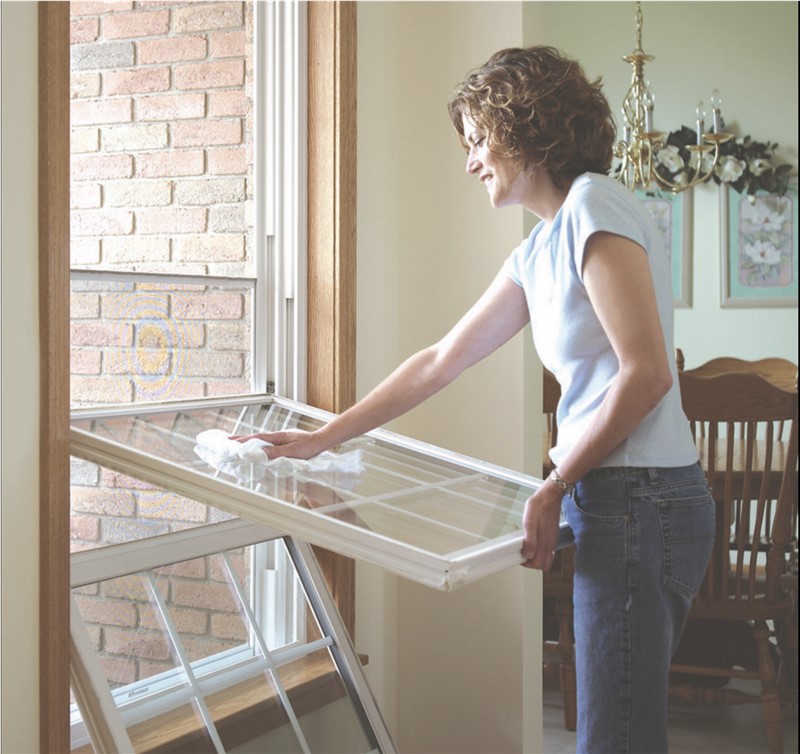Casement Style Window

History of Casement Windows
The casement window was the earliest form of a movable window. These windows were originally constructed from iron and leaded glass panes in the early 1800’s. The mid 1800’s brought along the use of heavy oak frames to create the medieval style casement windows. Generally, the original casement window consisted of six panes of glass with the occasional Gothic arch or smaller panes, especially in the mid 1800’s. With glass improvements the casement window changed from a 6 panel window to 2 panels. Also, in the early 1900’s softer woods were used to create casements and the necessity to paint the wood frames began. The traditional casement window used throughout Europe open inward with exterior functional shutters that opened outward. A French casement window consists of two casements, opening outwardly in the center. The French casements were used in the United States to open onto balconies and porches and eventually became known as French doors or French windows.
Energy Efficiency of a Casement
The casement window is known as the “work horse” of windows. Because of its superior seal and design it helps protect against drafts and air leaks in the winter. During the warmer weather, the casement window can be fully opened, swinging the entire window open providing superior ventilation. Comparing to the double hung or slider windows where only one half of the window opens. This advantage allows the capture of any passing breezes and funnels the cooling airflow into your home thus decreasing your energy consumption during the warmer months. The overall energy efficiency is reflective in the choices you make in glass, spacers, insulation and framing installation. Click here for more information on energy efficient windows.
Tags
Subscribe to Joyce's Blog







Comments